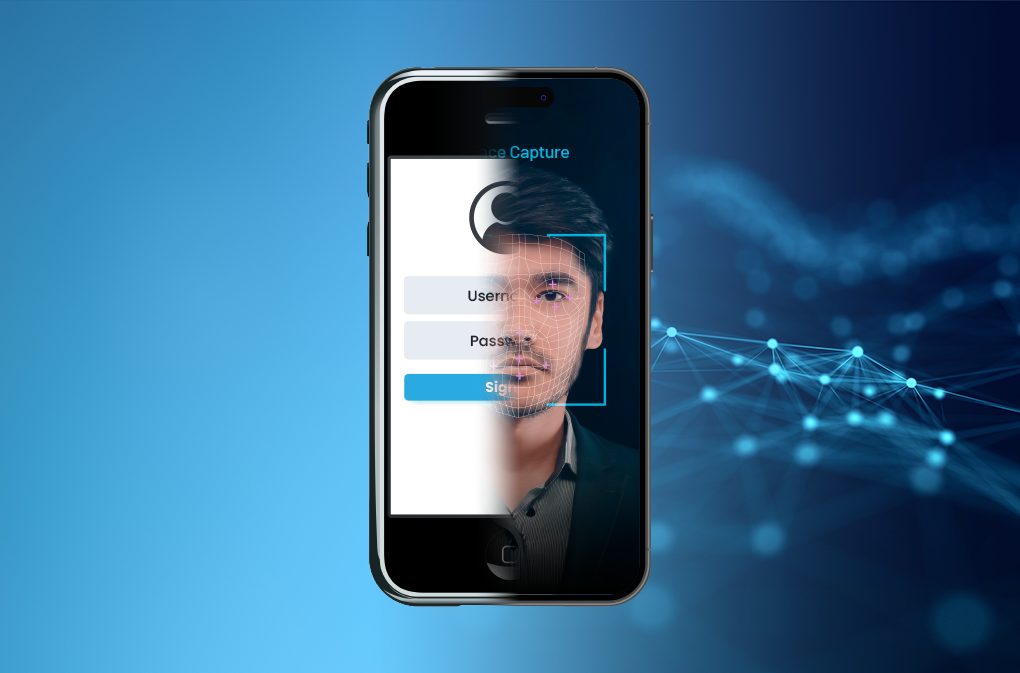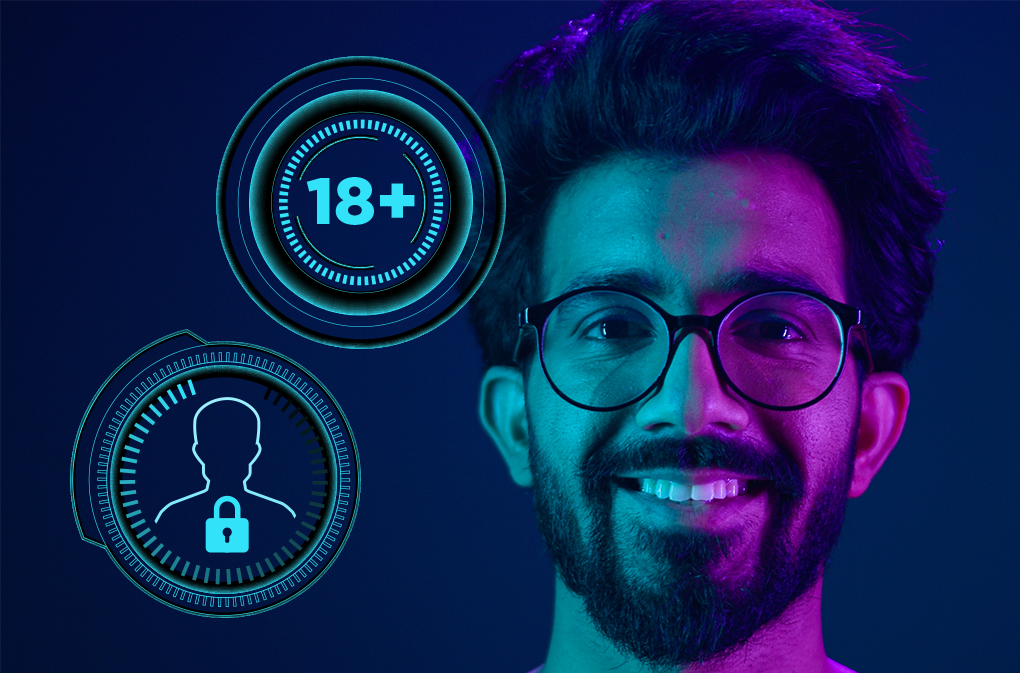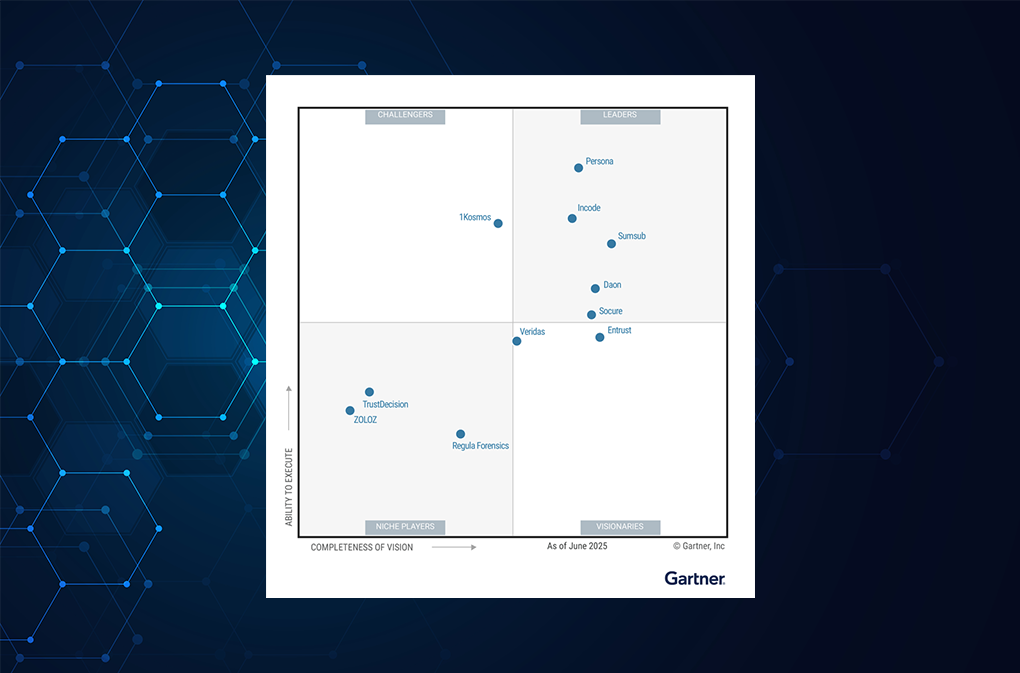Software-Defined Vehicles
Customer-centric identity authentication is driving the future of the automotive industry
by Conor White, President, Strategic Initiatives
January 9, 2023
In 2007, Apple transformed the mobile phone industry by introducing the iPhone – the world’s first software-defined phone. For the first time, customers were able to change and control their mobile experience whenever they liked. Apps, over-the-air (OTA) updates, and OS revisions created increased value for consumers by expanding the utility of mobile devices. Phones became ‘smart’: mechanical keys for calls, texts, and emails (e.g., Blackberry) that couldn’t be personalized or updated were out, and a personalized, connected computer – customizable by and for any consumer – was in.
In 2012, Tesla introduced the Model S, the world’s first Software-Defined Vehicle (SDV).1 Similar to how the iPhone revolutionized the mobile phone industry, SDVs quickly established themselves as an integral part of the automotive industry’s future. And the future looks bright: consumers will soon be controlling and creating their own personalized, streamlined vehicle experiences in mobile environments that aren’t just smart, but completely intuitive.
What is an SDV?
An SDV is a vehicle that manages its operations, adds functionality, and enables new features primarily or entirely through software. Simply put: an SDV is less of a car, and more of a mobile operating system (OS). Software-defined vehicles are the smartphones of the near future.2
Following Tesla’s introduction nearly thirteen years ago, OTA software updates have made other OEMs (Original Equipment Manufacturers) curious (and envious) enough to venture into the software-defined vehicle space.
Manufacturers like Hyundai, BMW, Mercedes-Benz, Porsche, and Toyota are all actively working on either developing the technology required to create an SDV or partnering with a platform provider like Qualcomm to do so. Some have already released “smart cars,” like the Genesis GV70 (Hyundai), the world’s first car to integrate driver fingerprint scanning with a car-pay service.3
Connecting the SDV to the Driver
Things like seat and temperature adjustment, tuning into a “favorite” radio station, and mapping a route to work are all automatic personalization elements that drivers have been able to setup in cars for years. What’s different about SDVs and the technology that comes with them, though, is the level and breadth of personalization possible.
Implementing identity-centric authentication (like the fingerprint scanning used by Genesis) has marked the next era of the automotive industry. Using this same technology to create vehicles that allow a driver to both integrate with their surrounding environment and enjoy the ease-of-use they already experience in their daily digital lives is the very exciting – and rapidly changing – future of this era.
The Future is Personal
It’s 7:42a.m. on a brisk, winter Tuesday in 2025. You walk up to your SDV, lean close to the driver’s side door, and a sensor coupled with facial recognition technology uses infrared imaging to confirm it’s you. The door unlocks.
The engine starts simultaneously, as does the navigation, which displays the quickest route to your office. Inside the car, it’s already a toasty 71 degrees – your ideal climate – because your car knows to warm up automatically when the exterior thermometer reading drops below 45.
You ask the voice assistant what’s on your calendar for today and you’re reminded that today is your mother’s birthday…and you realize you forgot to get her a gift. Again. As you pull out of your driveway, you tell the voice assistant to order her the most expensive, farm-to-table flowers it can find that will arrive at her house today. To confirm payment, the camera in your car’s infotainment system scans your face.
After a traffic-free commute, your car self-parks in your usual spot (you hate parallel parking) and powers down. You get out, say “Hey car, lock up,” and walk inside.
Later on, during one of your meetings, you get a notification on your phone that someone is trying to access your vehicle. Instead of worrying, you just smirk: good luck to them. The personalized authentication you’ve authorized in your SDV only allows someone with your face, voice, or fingerprint to unlock the car. Even if they stole your key, they’d still need a second security factor to gain access.
And besides, no one has your face (at least that’s what your mother always tells you).
The Future is Here
When it comes to emerging technologies, many organizations make the mistake of over-promising and under-delivering. But nothing in the scenario above is a fairy tale: it’s all going to happen – and soon. Just as utilizing identity verification and authentication has allowed financial organizations to protect their customers, build lasting trust, and gain new business, identity-centric authentication will allow car manufacturers to do the same.4
But, most importantly, building these new capabilities in software-defined vehicles will keep people safe.
Safety, Security, Personalization, and Privacy
Safe driver and individualized discounts
As SDVs enter the market, customer-centric innovations won’t be limited to the personalization of in-car settings. They may include things like more affordable insurance offers, such as anti-theft discounts, or individualized insurance rates, like plans that align more with the actual use of a car by the specific driver versus paying a time-based, monthly, or annual premium. These new offerings will be customer-controlled and available to those who wish to opt-in. Parents, for example, may choose to set the maximum speed their teen driver can reach or even create a geographic zone their child can access while inside the SDV, bringing peace of mind and helping families on a budget. There is even the potential to purchase personalized, by-the-hour insurance – for when your friends get you that once-in-a-lifetime gift: a cruise down the Las Vegas strip in a McLaren 720S they rented for your birthday.
Decrease in theft
Identity authentication, both literally and figuratively, is a huge deterrent for crime. If your vehicle can only unlock when it recognizes your face, then criminals will most likely think twice about attempting to break your new SDV’s window, especially knowing a camera is present. And if that doesn’t deter them…they won’t get very far. Most SDVs in development today are being programmed to disable the engine if a pre-defined driver is not identified.
Personalization
The ability to change the settings for a vehicle – seat orientation, mirror angles, steering wheel position – at the touch of a single button is nothing new. But what if you could take those settings with you? Cloud-based identity onboarding could allow drivers to store their settings and use them everywhere, from their personal vehicle to the rental car they use on their next business trip, all while adjusting their preferences to the specs of each model. SDVs with in-cabin facial authentication even have the potential to know where the driver’s head is in relation to the mirrors, making sure they are perfectly positioned for maximum visibility – without the need for any driver input.
Privacy
Of course, before such added conveniences, cost-saving benefits, and security can be provided, one other element supersedes all of them: user privacy. Any personalized connections between SDVs and drivers (as well as passengers) will need to be founded on bedrock privacy principles such as self-sovereign identities (where the user always owns their identity and has a right to be forgotten at any time); Privacy by Design practices, a method in which all services are built on a foundational premise of privacy versus one of cost savings; encryption; and tokenization.
In our increasingly connected world, the value of privacy rights and management will only grow. SDVs can easily balance their promise of superior customer experiences with the privacy rights of their owners and occupants. One recommended way of doing this is by working with identity providers that are deeply experienced in global privacy management practices and regulatory compliance.
From smartphones to smart cars, the innovative technology behind software-defined devices is making our lives easier and safer. As we step into the SDVs of the future, we will do so knowing we’re in cars that were made to be safe, secure, convenient, and smart.
Interested in learning more about how customer-centric authentication from Daon® can fuel your customer experiences? Connect with us here.
External Sources:
Source [1]
Source [2]
Source [3]








